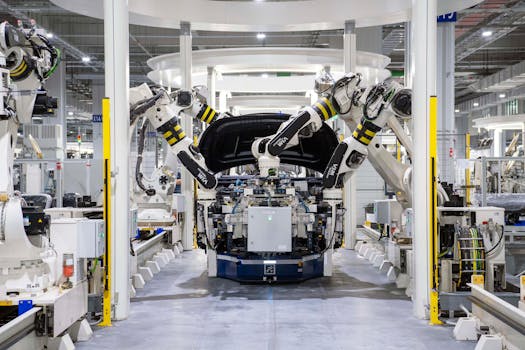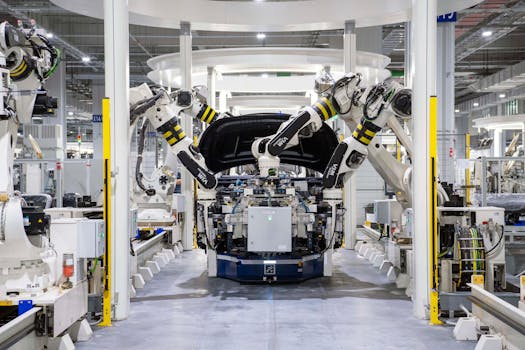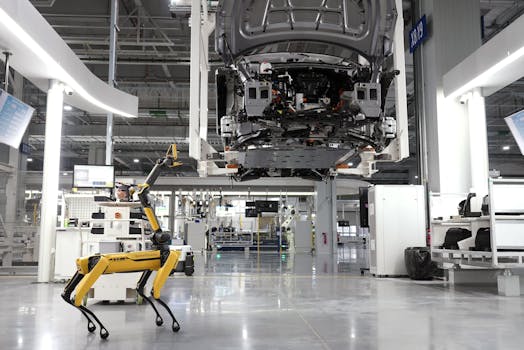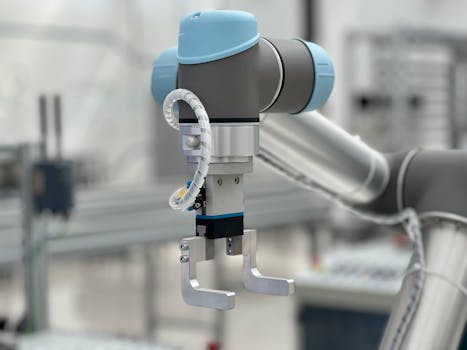
Revolutionizing the Future: Innovations in Robotics and Their Mechanical Components
Takeaways: In this article, we delve into the cutting-edge innovations in robotics and their mechanical components. We will explore how these advancements are transforming industries, enhancing efficiency, and paving the way for a more automated future.
The field of robotics is experiencing unprecedented growth, driven by technological advancements that are reshaping the way we interact with machines. From manufacturing to healthcare, the integration of robotics is enhancing productivity, precision, and safety. This article will cover the latest innovations in robotics, focusing on their mechanical components, and how they are influencing various sectors.
Understanding Robotics and Its Components

The basic components of a robot include:
- Actuators: These are the devices that convert energy into motion. They can be electric motors, hydraulic systems, or pneumatic devices that allow robots to move and manipulate objects.
- Sensors: Sensors provide robots with the ability to perceive their environment. They can include cameras, ultrasonic sensors, and tactile sensors, which help robots gather data and make informed decisions.
- Controllers: The controller acts as the brain of the robot. It processes information from the sensors and sends commands to the actuators, enabling the robot to perform tasks.
- End Effectors: These are the tools or grippers at the end of a robotic arm that interact with the environment. They can be designed for specific tasks, such as welding, painting, or picking up objects.
Recent Innovations in Robotics

- Collaborative Robots (Cobots): Unlike traditional industrial robots, which operate in isolation, cobots are designed to work alongside humans. They are equipped with advanced sensors and safety features, allowing them to assist workers in various tasks without posing a risk.
- Soft Robotics: This innovative approach involves the use of soft materials to create flexible and adaptable robots. Soft robots are particularly useful in delicate tasks, such as handling food or performing medical procedures, where traditional rigid robots might cause damage.
- Artificial Intelligence Integration: The incorporation of AI allows robots to learn from their experiences and improve their performance over time. Machine learning algorithms enable robots to adapt to new situations and enhance their decision-making capabilities.
- Autonomous Navigation: Advances in sensor technology and computer vision have led to the development of robots capable of navigating complex environments autonomously. This technology is particularly beneficial in logistics and delivery services.
The Role of Mechanical Components in Robotics

- Advanced Materials: The use of lightweight and strong materials, such as carbon fiber and advanced polymers, has improved the efficiency and speed of robotic systems. These materials allow for greater mobility and reduced energy consumption.
- Modular Design: Modular robots consist of interchangeable components that can be easily reconfigured for different tasks. This flexibility enhances the usability of robots across various applications.
- Precision Engineering: Innovations in manufacturing techniques, such as 3D printing, have enabled the creation of highly precise mechanical components. This precision is essential for tasks that require fine motor skills, such as surgery or assembly.
Conclusion








